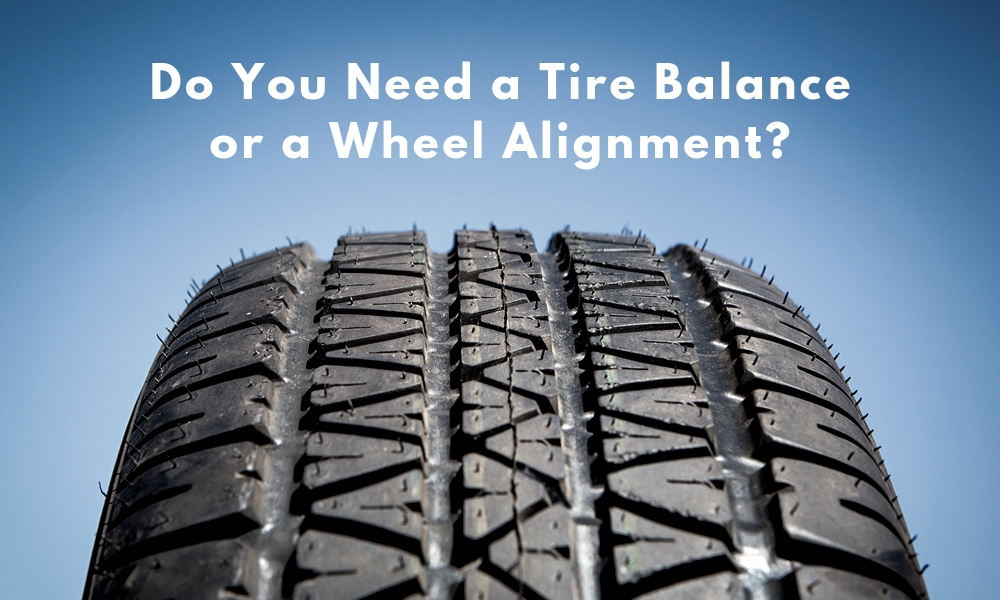
Most car owners are aware of the importance of keeping their car in good shape. Hefty repair costs can occur as a result of negligence. As such, it’s best to know which warning signs indicate balance and alignment issues. It’s also a good idea to know how to maintain your vehicle to prevent these issues from occurring.
Wheel Alignment
Every car model has specific wheel alignment requirements. Both the measurements and the methods used to determine the state of alignment are completely determined by your vehicle. As an example, you can release the parking break to examine the alignment for Acura RXS wheels.
Over time, your car’s tires may begin to wear, which can negatively affect your car’s alignment. Additionally, tire impact against environmental dangers, such as potholes, can also cause damage. You may need to get your wheel alignment checked if you’re experiencing the following:
- Your car beginning to pull to the left or right
- Your car drifting from a straight line when you remove your hands from the wheel
- A crooked steering wheel
It’s recommended to have your mechanic look at your wheel alignment any time you bring your car to the shop.
Tire Balance
Your car’s balance becomes compromised when its wheels wear unevenly. This is often caused as a result of your car’s weight distribution. Whether your car has front- or rear-wheel drive, it can cause your tires to wear unevenly. Signs of a tire balance issue can include:
- Vibration in your car’s wheel or floorboard when you travel at high speeds
- Decrease in fuel efficiency
- Difficulty steering
Rotating your tires every few months can help you avoid uneven wear. Your mechanic will switch the positions of your tires to accommodate your car’s weight distribution. If you keep up with your tire maintenance, you’ll experience a smooth ride.
